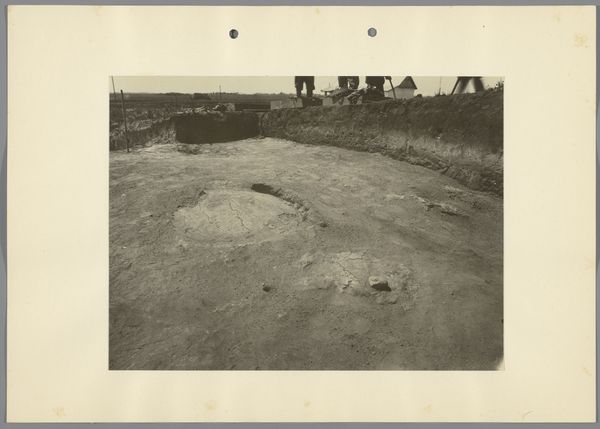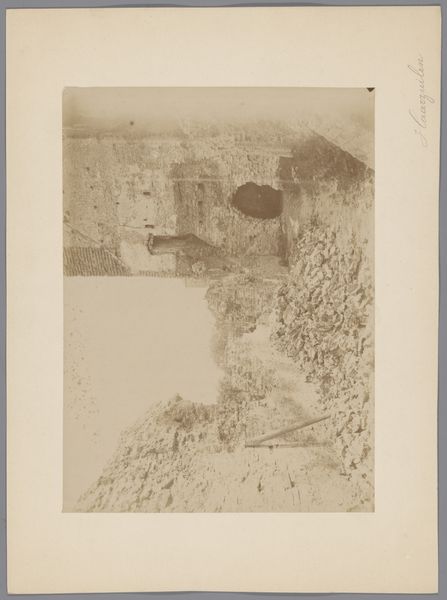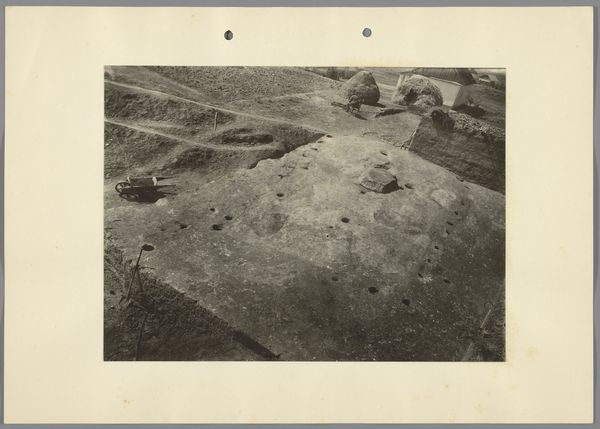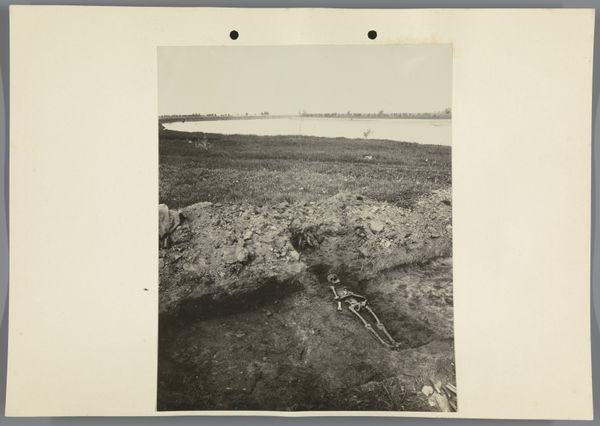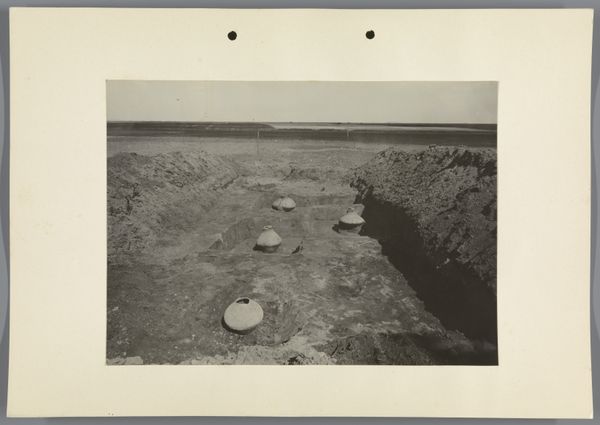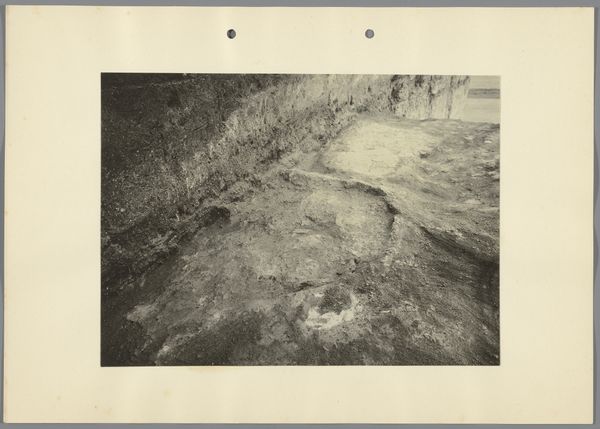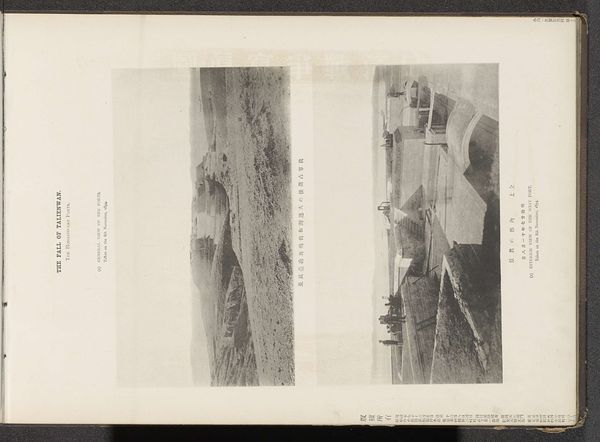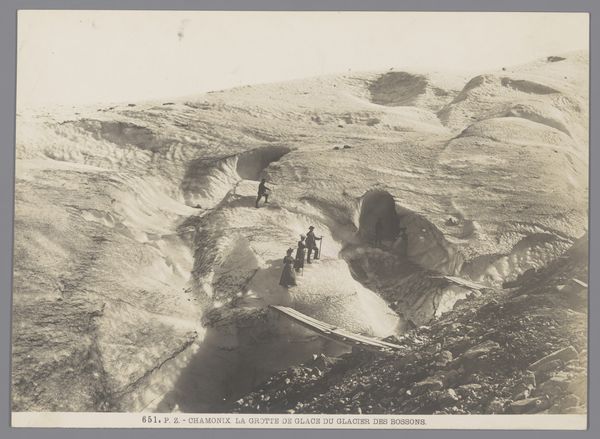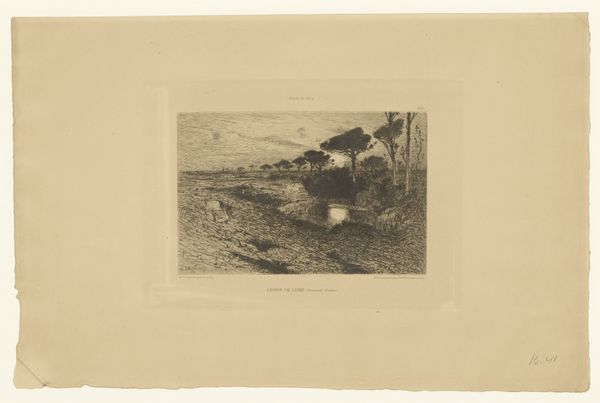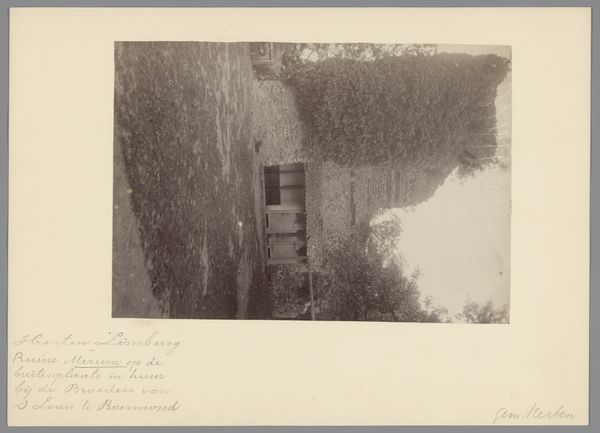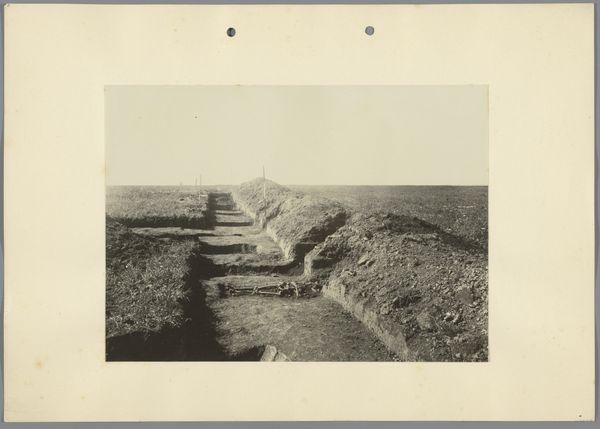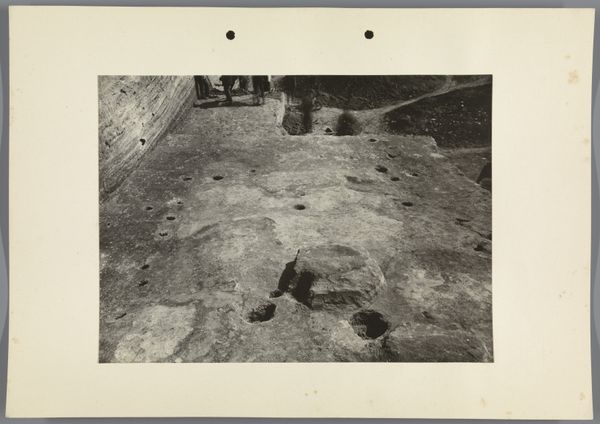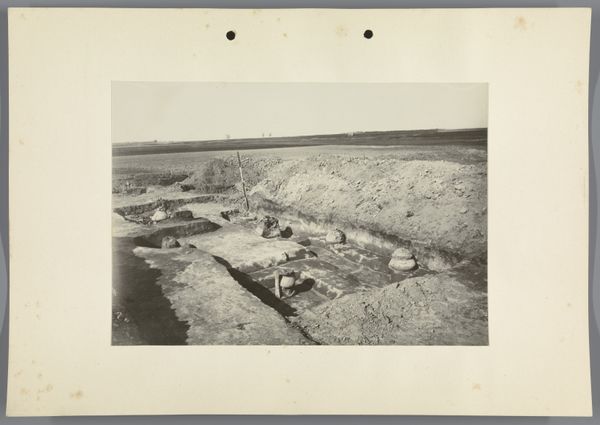
photography, gelatin-silver-print
#
landscape
#
photography
#
gelatin-silver-print
Dimensions: height 168 mm, width 234 mm, height 240 mm, width 340 mm
Copyright: Rijks Museum: Open Domain
Editor: So, here we have Jan Lanting's 1928 gelatin silver print, "Archeological Excavations in Hungary." It feels incredibly documentary, but almost staged, if that makes sense? Like a historical record. What's your read on it? Curator: That feeling is quite astute. Consider that in the early 20th century, archaeological documentation was deeply entwined with national identity and claims to historical territories. The very act of photographing an excavation became a way of asserting cultural ownership and scientific authority. Editor: Interesting! I hadn't thought about the power dynamic involved. How does the photograph itself play into this idea? Curator: Notice the composition. The leveled horizon, the surveying pole—details chosen to present archaeology as objective and methodical, erasing its inherently disruptive impact on past lives and potentially complicating political situation in interwar Europe. This wasn't just about discovering objects. Editor: So, it's almost like propaganda masked as objective record? Curator: It prompts us to question whose story is being told and why. The placement of the archaeologists in the scene also raises questions. Editor: They almost look like they're guarding the find rather than studying it. Curator: Exactly. Photography allowed for the construction of a specific narrative around archaeological discoveries. The image can be read as evidence in the debates of Hungarian nationhood, where narratives about historical connection, territoriality, and national pride would flourish in response to political conditions of the day. Editor: That really changes how I see this photo! It’s not just about digging up the past but staking a claim in the present. Curator: Precisely. It underscores the powerful and often subtle role art plays in shaping historical narratives.
Comments
No comments
Be the first to comment and join the conversation on the ultimate creative platform.
